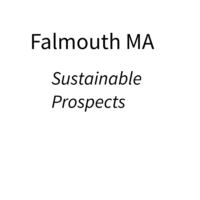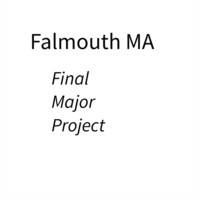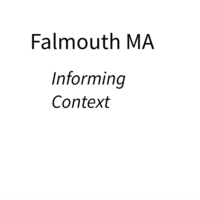Many artists including photographs aspire to have their work exhibited in a gallery possibly as an affirmation that their work relevance and meaning. Yet when as a group we discussed our experience of visiting different galleries, we talked about these venues are viewed as being elitist and therefore their appeal to a broader population is some how reduced. For me galleries serve a number of purposes and it is important to discuss their effectiveness within those contexts.
There are the public galleries (museums) who are exhibiting works to inform their audience about a specific topic. Either as curated work from multiple artists on a specific theme or single artist who has a meaningful body of work on a specific subject. The Tate and Barbican galleries represent the public gallery space that support the types of work I am referencing above. I visited The Curve gallery at the Barbican is an internal space with no natural light and grey walls, for the Richard Mosse exhibition titled Incoming they used limited lighting that complemented the images that had been recorded on infrared imaging equipment that are a series of grey tones. In this situation if a gallery informs me and I am able to engage with the work of an artist who interests me the gallery exhibition has been effective in executing its mission.
There are a group of galleries that I classify as commercial in outlook, who arrange exhibitions of artists that they represent with the objective of selling those pieces to collectors with galleries such as Gagosian and Atlas at the upper end of that market. For the large commercial galleries success of an exhibition can be measured in more tangible terms such as the value of sales generated as a result of the exhibition.Then their are smaller galleries who cater for collectors with smaller budgets but also provide space that photographers can hire to stage their own exhibitions. The duration of exhibitions in the small galleries is measured in days while a large gallery exhibition might last for a month or longer. These gallery spaces traditionally make use of plain white walls large open spaces that are neutral to different exhibitions that will come and go during the year.
An article by Jonathan Jones in the Guardian challenges the traditional gallery construct ‘Flat, Soulless and Stupid – Why Photographs Don’t Work in Art Galleries’ (Links to an external site.)
Today there are organisations who are looking to take art out of the traditional gallery space to make the work more accessible. A good example of that approach is the current exhibition for the 2016 Landscape Photographer of the year. The exhibition of winning work is currently touring the United Kingdom, however instead of hosting the images in a gallery the works are being exhibited a major train stations. The revised dates are as follows:
London Bridge – Until 11 March
Glasgow Central – 13 March to 8 April
Manchester Piccadilly – 10 April to 22 April
Leeds – 24 April to 13 May
Birmingham – 15 May to 27 May
London Charing Cross – 29 May to 10 June
London Paddington – 12 June to 24 June
This non-traditional approach to exhibiting work has made me think about the different options for my own project, that could include hosting an exhibition outdoors though clearly there are challenges given the unpredictable nature of the weather in the UK.
In the museum / gallery context there are multiple voices who are interpreting the works in the exhibition. The first is the curator who outlines how the different pieces in the exhibition combine together to tell the story of the exhibition which can be communicated in a number of through a number of different forms the titling of each piece, the accompanying brochure for larger exhibitions this might take the form of a show catalogue. Art critics and journalist might be asked to write pieces about the exhibition. In the case of the interview with on Terrains of the Body exhibition this was the journalist for Winkball, Emily Butler Curator for the Whitechapel Gallery and Kathryn Wat, National Museum of Women in the Arts Curator.
The individuals speaking about the exhibition are all female which reinforces the fact the exhibition is about female photographers and how they have an important voice within contemporary similar to their male counterparts. The voices speak as a cohesive one the importance of female empowerment, overcoming preconceptions of gender, race and nationality while giving life to the imagination.
Overall the exhibition has a strong message to communicate about women and female form in contemporary art. I like the fact that the exhibition is challenging traditional norms and asks questions that make us want to look more closely at how we view the subject matter. I hope to find time to view visit the exhibition before it closes on the 16th April.





